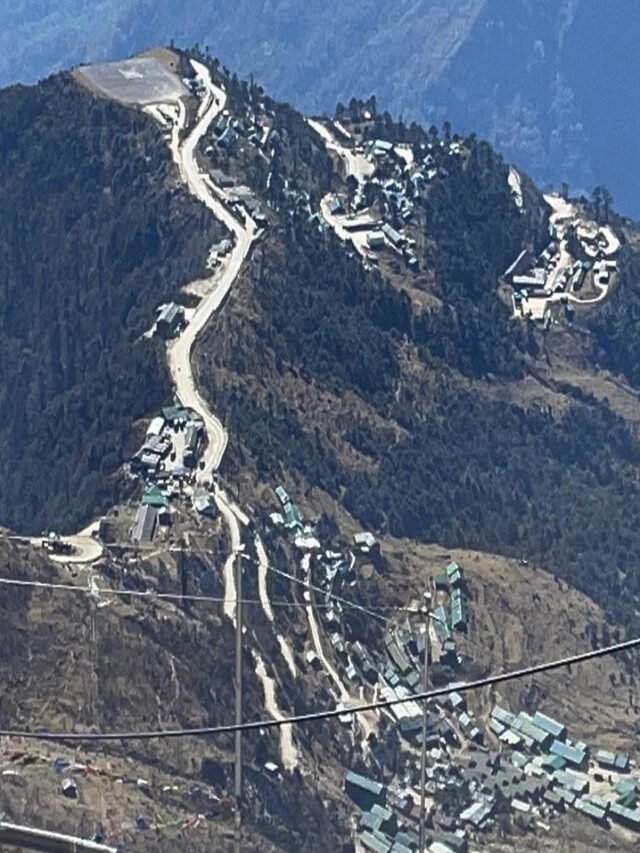The post-colonial state in India had two primary tasks before it: One was to overcome the hegemony of metropolitan capital, so that a development strategy in relative autonomy from imperialism could be pursued; the second was to attack landlordism both to free the agrarian population from its clutches, and to increase agricultural output for rapid industrialisation based on a growing home market. These two tasks were interlinked: Unless agricultural growth was stepped up considerably by attacking landlordism, the inflationary and balance of payments pressures associated with a relatively autonomous development strategy would keep overall growth constrained, generating social contradictions that would force an eventual capitulation before imperialism.
The attack on landlordism however was limited. It amounted to getting rid of absentee landlords, turning the remaining landlords into agricultural capitalists on the land they retained as khudkasht, and giving ownership rights on whatever land was taken from the landlords to the upper layer of tenants. Land concentration in the sense of the proportion of land owned by, say, the top 15 percent of landowners, remained unchanged, but the composition of this top 15 percent changed; and the ground was cleared for capitalist farming in the countryside. At the same time, State investment in irrigation, in the development of better agricultural practices, and in extension activities, were all stepped up.
The main instruments used for overcoming the hegemony of metropolitan capital were: Pervasive protection of the domestic economy; control over trade especially in agricultural products; keeping out agribusiness altogether (and even preventing Indian business houses from having any direct relationship with the peasantry); strict control over cross border capital flows; nationalisation in certain key areas, notably finance (though the substantial nationalisation of banks was to come later); and the development of the public sector as a bulwark against such hegemony. The development of a relatively autonomous capitalism which was the sine qua non of this strategy was sought to be kept under control by the institution of a policy of investment and foreign exchange – licensing that also covered collaboration agreements with foreign capital.
This dirigiste period marked a substantial break from the dismal state of the colonial era. There was a remarkable turnaround in foodgrain availability per capita: The per capita foodgrain availability in British India which had been about 200 kg per annum at the beginning of the twentieth century, had dropped to an abysmal 136.8 kg by 1946-47; this drastic retrogression was reversed and per capita availability reached close to 180 kg by the end of the 1980s.
Even in 1973-74, despite the rise in per capita foodgrain availability and the associated fall in poverty defined through a nutritional norm, 56 percent of the rural population could not access 2200 calories per person per day, and 60 per cent of the urban population could not access 2100 calories per person per day. The big bourgeoisie which had supported the project of building an autonomous capitalism, found the growth-rate of the economy too stifling once it had grown to a considerable extent and had become more ambitious; and even this growth rate became difficult to sustain because of the growing fiscal crisis of the State.










